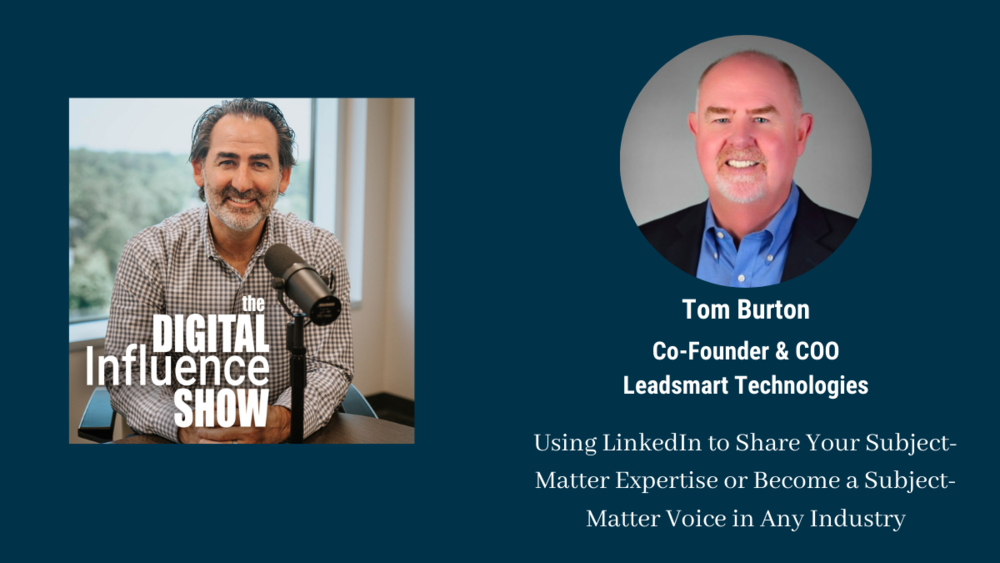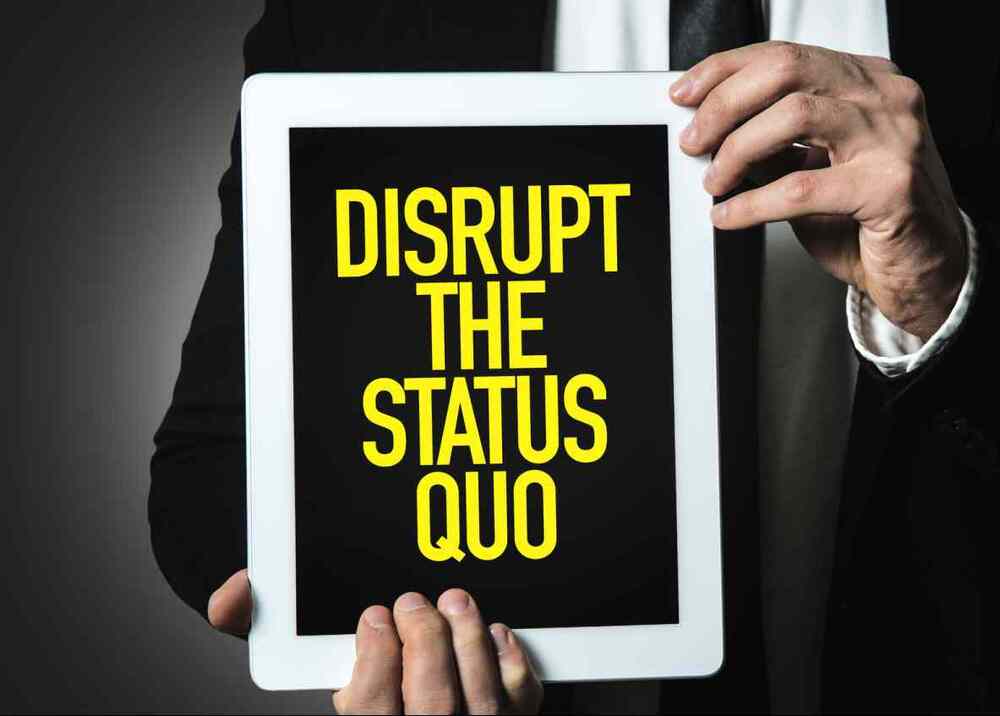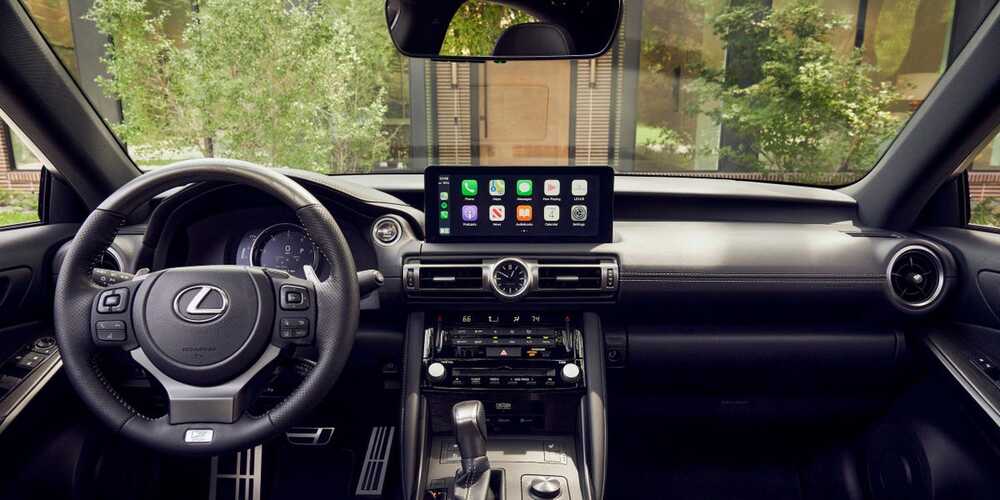Is your B2B sales team complaining about marketing not doing enough to increase brand magnification and awareness?
Your company brand and the personal brands of your sales team members are the key to sustainable revenue pipeline.
This article will show you how brand magnification can help fuel your sales funnel and increase revenue.
First, let’s define “brand.”
What is a Brand in a B2B Sales World Today?
The dictionary defines “brand” in the following ways:
- a type of product manufactured by a particular company under a particular name
- a brand name
- a particular identity or image regarded as an asset
- a particular type or kind of something
We all know that your company brand is important, highly regarded, trademark protected and valuable.
But what about the, “a particular type or kind of something,” definition of the word “brand?”
That’s where your people, your sales team, steps in: their individual, personal brands can be the fuel for sales and overcoming the bottleneck in the sales process.
How is that possible?
Imagine the success rate of sales when your salesperson is well-known in the industry, appears everywhere in online searches as subject-matter expert, has a library of thought leadership content that prospects can easily access with a click on a button and is overall equipped to build relationships with your market!
Now, imagine the success rate of sales if your sales rep is lacking all of the above.
Finally, imagine your sales success rate if your sales executives lack all of the above assets for their personal brands while your competitor’s sales reps are building their personal brands and winning!
You get the point? Your sales reps’ personal brands might not be trademarked by your legal counsel like your company brand, but they are just as valuable to your ability to sell and grow.
Now, let’s define “magnification.”
What Is Brand Magnification?
“Magnification” describes a process of something being magnified, amplified, enhanced and enlarged.
Brand Magnification refers to the actions a business takes to expand its brand and make it appear large, well-established and popular.
Wikipedia states, “Magnification is the process of enlarging the apparent size of something. This enlargement is quantified by a calculated number also called ‘magnification.’”
So, whether you’re a new brand or have been around for awhile, you can take specific actions to make the apparent size of your brand larger.
Why Brand Awareness Is Key To Revenue Growth
Your team is right. If they do their outreach, but your company brand is just not well-known in the industry, your prospects simply dismiss them.
Why?
- First impressions are unforgettable
- Competition is out there promoting their brands
- Prospects have many options to choose from in the marketplace
- Buyers make purchasing decisions in favor of those brands they know, like and trust
The challenge your sales team is facing is real and solving this challenge is a mission-critical priority.
Why such urgency?
It’s expensive to have a brand that prospects have never heard of.
The Cost Of Low Brand Recognition
- Your sales team wastes its time because most prospects go to Google to see if your brand is established and likable, but your lack of brand presence turns them off
- Your prospects spend their current budgets with your competitors and establish profitable relationships that they won’t want to break later by churning
- Your opportunities for revenue are there, just like your market assessment indicated, only those opportunities pass up your brand, leaving your hard-working sales team hustling for pennies
These are all reasons why brand awareness is critical to your company’s ability to deliver revenue.
However, it’s not just your company brand that matters.
Yes, prospects choose brands they know, like and trust, but they also vote with their dollars for the reps they know, like and trust.
Company Brand + Personal Brands of Sales Reps = Revenue Growth
Is Brand Awareness Measurable?
The most important measure of brand awareness is whether or not your salespeople can get prospects to engage with them, answer their calls, schedule demos, show up for meetings, take them seriously and move through your pipeline to the point of closed/won revenue.
Yes, your prospects are busy, but I assure you that if there’s a need for what you have to offer, they will make the time to engage in conversations that matter to them and their goals.
If those conversations aren’t with your sales team, your competitors are getting their pipeline filled with revenue opportunities.
Brand awareness is measurable with the revenue dollars you generate or miss an opportunity to generate. It’s that simple.
Here’s a thought-provoking statistic:
71 percent of consumers say that they are more likely to make a purchase from a brand that they follow on social media.
If you’re as moved by this number as I am, you’re most likely thinking, “How can I increase the awareness of my company’s brand and help my sales reps build their personal brands as well?”
I have great news!
While it does typically take time, there’s a quick way to gain brand recognition and establish your brand “everywhere.”
I’m referring to what’s called a “halo-effect.”
What Is Halo-Effect In A B2B World?
The halo-effect describes a phenomenon where one trait of a brand is used to make an overall judgment of that brand. It supports rapid decision making and causes a lasting impression.
Some examples of a lack of the halo-effect in B2B sales may be the following scenarios:
- Your salesperson reached out to a prospect. The prospect hears your brand name and goes online to google it. Unfortunately, nothing pops up in the search results, except your brand’s website and LinkedIn page, where your brand talks about itself. The prospect assumes, “This company is not solid,” and loses interest.
- Your salesperson reaches out to a prospect. That propstect goes to your LinkedIn page to see who works at your company. The prospect looks at the profiles of your team members to explore their activity and posts, but there is no content that relates to your brand or industry. The prospect loses interest assuming your brand and employees are new to the business world and are not well-versed in the industry.
The positive outcomes of the halo-effect are the following scenarios:
- Your sales leader reaches out to a prospect who types your brand name into the Google search box and sees your website, blog, LinkedIn, Twitter, YouTube videos, etc. In addition, your employees come up in the search, posting and commenting on content about your brand. When the prospect clicks on their profiles, valuable, industry relevant is available there. Your prospect thinks, “This company is EVERYWHERE! How did I miss it,” and the prospect asks to be subscribed to your newsletter, podcast and YouTube channel to stay up to date with your content. That prospect wants to see your demo, ASAP.
- The prospect your sales rep identified is currently in the market for a solution like the one your business offers, according to the intent data that the sales rep collected from G2 Crowd. When your team member reaches out, the prospect says she’s in contact with your competitor. Your sales rep thanks her, offers to connect on LinkedIn and asks if she’d like to receive a series of helpful videos about the problem she’s looking to solve. The prospect agrees. One day later, the prospect receives a URL to a YouTube video by your company. While watching it, suggested videos pop up from the same playlist on the same topic, and she’s amazed how helpful and interesting the content is. She confirms the LinkedIn request from your sales rep and immediately gets a notification from LinkedIn that your rep has posted more helpful content. The prospect checks it out and it’s extremely relevant to her current need. She’s impressed and googles your brand. The search results produce Twitter, YouTube, LinkedIn, Facebook, Instagram, podcasts and blog articles, leading the prospect to feel like your brand is “EVERYWHERE.” She can’t imagine choosing any other brand, so she becomes a customer.
That’s why 91 percent of B2B organizations prioritize content marketing to fuel brand awareness.
But just PUBLISHING content won’t get you anywhere. You need to design and engineer a sophisticated content distribution system that will raise the awareness of your brand in the marketplace.
Six Steps To Effective Brand Awareness
- Create epic content
- Make it relevant to your Buyer Persona, as well as conversational and engaging
- Distribute and syndicate your content “everywhere”
- Recycle your evergreen content into multiple content formats for higher exposure
- Repeat steps one through four consistently
- Engage people on your team and their social networks in promoting your brand for fast brand magnification, and also to help establish their personal brands
Now that you have a solid and simple action plan to effective brand awareness and consistent brand magnification, it’s time for me to share one secret to quickly positioning your brand for sales success.
I know you’re probably thinking, “Get to the point already! What’s the secret?!”
I get it, it’s exciting to have a shortcut that works like magic and can enable your sales team to finally get engagement, demos, opportunities and more revenue wins.
Here’s the secret:
Your team members have on average 3,188 social connections and they are on 7.6 social platforms each!
According to Cisco, employees have nearly ten times more connections on social media than companies.
On Twitter, 92 percent employee’s followers are individuals who don’t have any relation to the company yet. So, by not engaging your team members in brand advocacy, you’re missing out on those 92 percent of opportunities.
And if you’re not helping your sales reps build their professional brands, you’re missing out on the inheritance of credibility that comes when the market trusts your people.
Messages shared by employees generate eight times more engagement than messages shared by a company brand, according to Social Media Today.
Engage your team in promoting your brand! It helps your company magnify its brand, and it helps your sales reps build their personal brands as thought leaders.
How can you do it?
It’s easy!
How To Leverage Your Team For Brand Magnification
- Give your sales reps a simple app where they receive push notifications every time your marketing team posts new brand-approved content for sharing.
- Encourage brand advocacy through gamification and reward employees’ commitment to magnifying your company brand.
- Provide each key team member with a personally-branded Brand-Hub loaded with brand-approved articles, videos, webinars and ebooks. Let your team help your brand not only with awareness-building, but also with lead generation.
Here is a Link to Brandon’s personal ContentHub
Conclusion
To summarize everything we discussed today, I want to reiterate that the cost of low brand awareness is too high for your company, so brand amplification is a mission-critical priority in order to generate more revenue opportunities.
Your company brand is important to magnify, and your sales reps’ personal brands are important to build.
This approach to brand-building will help you create an impression of your company being EVERYWHERE. It will produce the halo-effect in the marketplace for your message, and it will establish your sales reps as thought leaders.
Now, I want to hear from you.
How much could you grow if every key member of your team advocated for your company brand and had personally branded Brand-Hubs to position them as subject matter experts?
Let me know in the comments below.
Thanks for reading!
P.s: Want to see Brand-Hubs in action?




